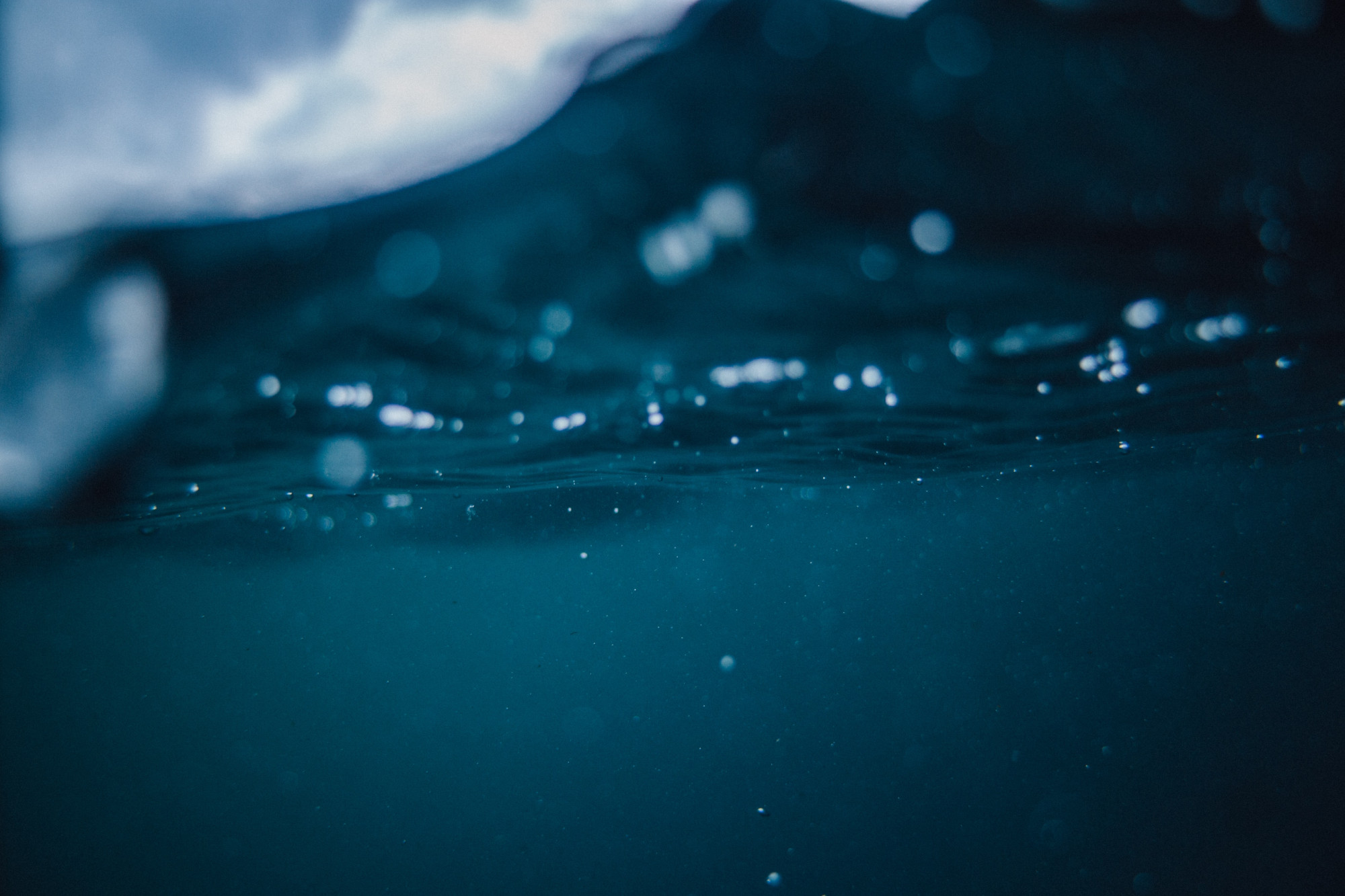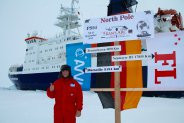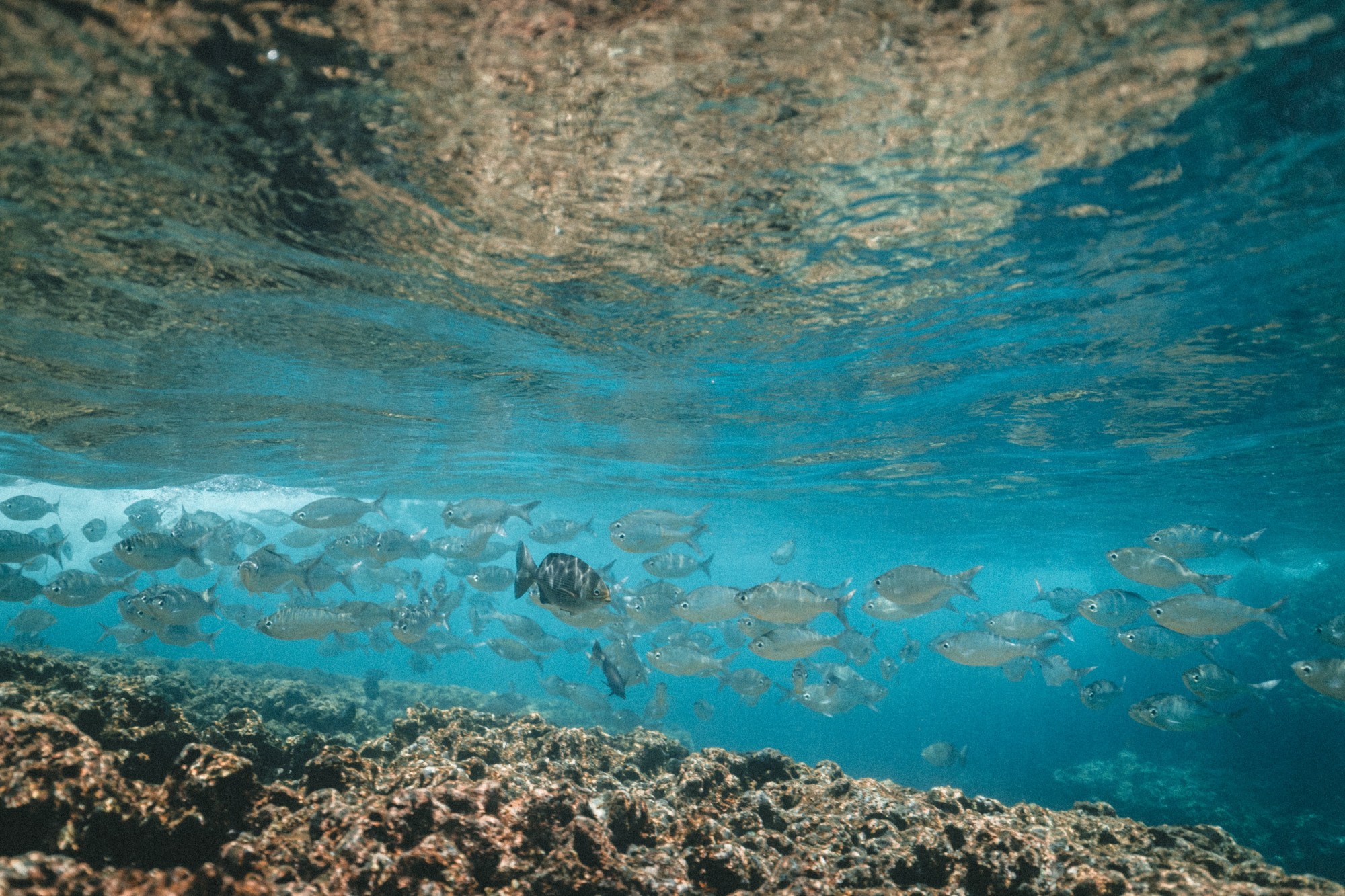Photo: @jakobowens1
-
“To fight mercury poisoning, there are two ways to go. We can either change the way we eat, but not everyone has the freedom to do so, or act on our mercury emissions. Either way, we have no choice, we need to reduce our environmental footprint and we need to do it now.” Dr. Lars-Eric Heimbürger-Boavida
-
Lars-Eric Heimbürger-Boavida is a chemical oceanographer with the CNRS based at the Mediterranean Institute of Oceanography, Aix-Marseille University. He was awarded an AXA fellowship in 2015 for his research on marine mercury dynamics, followed by an Outreach grant in 2016. Specifically, his investigation relates to how mercury transforms into its most toxic form, methylmercury, which ultimately ends up in the fish we eat.

How does mercury get into fish?
That is the whole question. There are still knowledge gaps in our understanding of the whole process by which mercury enters the food chain. We know that human activities are responsible for most of the mercury in the atmosphere and which sources are to blame, but human and fish exposition to mercury is not directly related to these sources. Let me explain: the only form of the metal that is found in fish is called methylmercury (MeHg). The problem is, we don’t know exactly what causes the presence of this type of mercury in the ocean. We know that somewhere deep within the ocean, mercury transforms into this highly toxic compound, which is then bioaccumulated by phytoplankton, which is then eaten by zooplankton, and so on, all the way to the big predatory fish, and ultimately to us. We think that bacteria known to produce such a chemical change are probably involved in the transformation process. But the precise way it happens and how it enters the phytoplankton remains mysterious.
It seems that there remain many questions around the production of methylmercury, how so?
We have known about the presence of mercury in fish for at least 50 years now, but still this one blind spot remains. Why? Mainly because the amount of methylmercury found in the oceans is minuscule. Concentration is around 0,5 mg per 50 million liters of sea water. Imagine what it is like to make precise measurements in a glass of water. It is worse than looking for a needle in a haystack! Thankfully, we have developed novel techniques that allow us to work at the picogram per liter range. With such infinitesimal amounts, you would think methylmercury would not pose a threat to our health. Well, that is where the food chain comes into play. As the compound travels through the food chain, its concentration soars literally. In big predator fish, it is frequent to find up to 0,5 mg per kg. That is 50 million times the initial sea water concentration. Tunas and swordfish, for instance, eat a lot of medium size fish, which eat a lot of small fish, which in turn eat enormous amounts of zooplankton and phytoplankton. The higher we go in the food chain, the higher the concentration becomes. When it reaches a certain level, it becomes a health hazard.
What are the consequences of mercury poisoning for humans?
The most common type of mercury poisoning occurs by ingestion of contaminated fish, and thus of methylmercury. Toxicologic studies show that children who have been exposed to methylmercury during their mother’s pregnancy have IQ deficits of about one or two points.
How is your research contributing to find solutions to this important issue?
If we don’t understand a problem, how can we expect to fix it, or to minimize the adverse impacts? Sure, we can avoid eating too much tuna and swordfish, but what about populations for whom this is not an option? The kind of investigation I am leading on metal cycling in the ocean will bring insight into the exact causes for the presence of this type of mercury in the water, and by extension on which strategy to put into place. Human activities contribute to the largest portion of mercury release, that much we know. Hence, global responses are beginning to emerge to reduce anthropogenic mercury emissions by sources like coal combustion, gold mining and metal and cement production. The Minamata Convention on Mercury came into force in 2017. This global treaty aims to protect human health and the environment from human-produced mercury and mercury compounds. As encouraging as this global effort is, our lack of understanding about methylmercury raises doubts about the usefulness of the measures that are being put into place. What role exactly does anthropogenic mercury play in the marine environment? How much does it contribute to the production of methylmercury? We know that there is ten times more mercury in the atmosphere today, than in the past, when it was only naturally released from volcanic activity. However, we don’t have this kind of assessment for oceans because we only started taking measurements from 1990s onwards, and haven’t even visited every ocean basin. We have no pre-industrial benchmark for the ocean. Thus, we are not sure what the extent of our impact on oceans is, and which sources affect the most methylmercury production. These are questions we still desperately need answers to.
Does climate change have an impact on the production of methylmercury?
It is very likely. That’s another aspect of the issue that we can help shed light on. We know that generally, an increase in temperature will increase bacteria activity. With the ongoing rise in ocean temperature around the globe, it is reasonable to expect some changes in the marine environment, and maybe in the behavior of those bacteria suspected of playing a role in the production of methylmercury. The most important changes will occur in the Arctic Ocean and the Mediterranean, that’s why we work there.
What is it we should do to fight mercury poisoning?
There are two ways to go about this. We can either change the way we eat, or act on our mercury emissions. Either way, we have no choice, we need to reduce our environmental footprint and we need to do it now.
At the food level, we should make better choices, at least when we can. I recommend eating big predator fish no more than three times a week. Fish is important for our health: it is an excellent source of protein and omega-3s. Pregnant women need this intake but should favor smaller fish. Stopping fish altogether is not a solution. We should also be more careful where the fish we buy come from, check if the fishing zone is sustainable and what fishing techniques were used. This way we can avoid putting too much pressure on marine ecosystems, which is also likely to play a role in mercury dynamics in fish. We can also favor organic farmed fish, which contain lower levels of mercury and other pollutants. I believe the initiative has to come from the consumer, because fishermen, well, they respond to demand, that’s how they make their living.
At the emission level, we need a better understanding of what is causing what. As I said, the efforts put into place by the Minamata Convention on Mercury are going in the right direction, but are they enough? China and Vietnam are building an insane number of coal-fired plants at the moment. For instance, China has a number of coal power plants under construction nearly equivalent to the existing coal power capacity of the European Union (1). While we do everything possible to reduce mercure sources, the impact of climate change and overfishing might outweigh our efforts and we might still have methylmercury in fish and probably more. Recent research suggests MeHg concentrations in fish have increased as a result of dietary shifts initiated by overfishing and increases in sea water temperatures (2). We need a comprehensive approach to the problem if we want a chance to mitigate it. I am convinced that we have to continue to develop new methods, experiments and model to understand the marine mercury cycling under the influence of changing climate and emissions.
(1) Global Energy Monitor (we couldn’t be sure what figures you gave us for China, so we looked for another one, but feel free to use the one you prefer). https://endcoal.org/global-coal-plant-tracker/reports/out-of-step/
(2) Climate change and overfishing increase neurotoxicant in marine predators - Amina T. Schartup, Colin P. Thackray, Asif Qureshi, Clifton Dassuncao, Kyle Gillespie, Alex Hanke & Elsie M. Sunderland.
March 2020

Discover research projects related to the topic
Sustainable Living & City
Climate Change
Climate Adaptation & Resilience
Urban Planning
Resilient Infrastructure & Safety
Environmental Justice
Post-Doctoral Fellowship
Australia
2023.06.20
Indicators for Climate Resilient City Planning
Expected start date:June-2023 Cities contribute enormously to global greenhouse emissions and are key drivers of climate change. By the same... Read more

Melanie
LOWE


